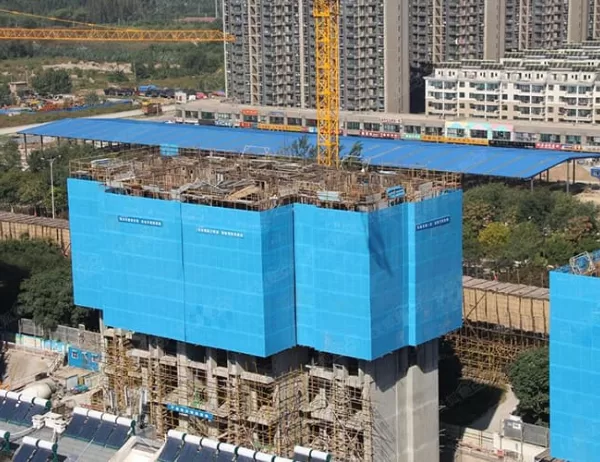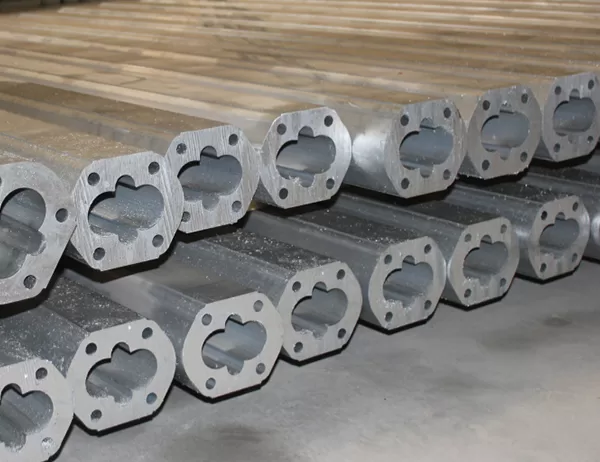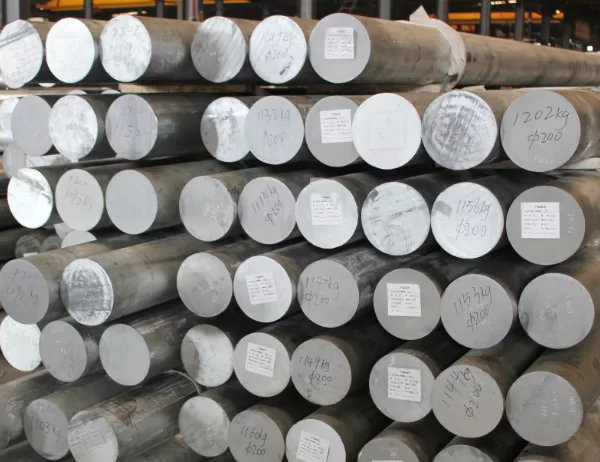In the realm of metalworking, aluminum alloys stand out for their versatility and durability. Anodized aluminum sheets, in particular, have gained prominence due to their enhanced properties. They offer a combination of aesthetics, corrosion resistance, and wear resistance that sets them apart from regular aluminum. To better understand their distinct characteristics, a comprehensive comparison between anodized aluminum sheets and regular aluminum is crucial.
One of the most significant differences between anodized and regular aluminum lies in their resistance to corrosion. Regular aluminum is susceptible to corrosion, which can occur when exposed to various elements, including moisture, acids, and alkalis. The corrosion process results in the formation of a white or gray oxide layer on the surface, compromising the metal’s appearance and structural integrity.
In contrast, anodized aluminum exhibits superior corrosion resistance. This is attributed to the anodization process, which involves subjecting the aluminum sheet to an electrolytic bath. During anodization, an oxide layer is formed on the aluminum surface, rendering it impervious to corrosion. Anodized aluminum sheets can withstand harsh environments, including saltwater and chemicals, without significant degradation.
Wear resistance is another key factor that distinguishes anodized aluminum from regular aluminum. Regular aluminum has a relatively soft surface, making it prone to scratches and other forms of wear and tear. The anodized layer, however, imparts enhanced hardness and scratch resistance to the aluminum surface. Anodized aluminum sheets can withstand abrasive forces and maintain their smooth finish over extended periods.
The increased wear resistance of anodized aluminum makes it an ideal choice for applications where durability is paramount. It is commonly used in architectural cladding, automotive components, and electronic enclosures.
Aesthetics play an important role in various applications, and anodized aluminum excels in this aspect. The anodization process allows for a wide range of colors and finishes to be applied to the aluminum surface. This versatility enables architects and designers to create visually appealing facades, interior components, and other structures.
In contrast, regular aluminum has a dull, silver-gray appearance. While it can be painted or coated to enhance its aesthetics, the results may not be as durable or aesthetically pleasing as anodized aluminum.
Cost is a practical consideration when choosing between anodized aluminum sheets and regular aluminum. Anodized aluminum typically commands a premium price compared to regular aluminum. This is due to the additional processing and equipment required for the anodization process.
However, the cost premium of anodized aluminum is often offset by its superior performance and durability. Anodized aluminum sheets can last significantly longer than regular aluminum, reducing the need for frequent replacements or repairs. Over the long term, the cost savings can outweigh the initial investment.
The distinct properties of anodized aluminum sheets make them suitable for a wide range of applications. They are commonly used in:
Architectural Cladding:
Anodized aluminum sheets offer a combination of corrosion resistance, durability, and aesthetics, making them ideal for exterior facades.
Automotive Components:
Anodized aluminum is used in various automotive parts, including trim, grilles, and wheels, due to its wear resistance and corrosion protection.
Electronic Enclosures:
Anodized aluminum sheets are used in electronic enclosures and components due to their corrosion resistance and ability to dissipate heat.
Interior Design:
The aesthetics and durability of anodized aluminum make it a popular choice for interior design applications, such as wall panels, ceilings, and furniture.
In conclusion, anodized aluminum sheets and regular aluminum offer distinct properties that make them suitable for different applications. Anodized aluminum sheets provide superior corrosion resistance, wear resistance, and aesthetics, while regular aluminum is more cost-effective. Understanding the key differences between these two materials is crucial for making informed decisions and selecting the best option for specific requirements.




